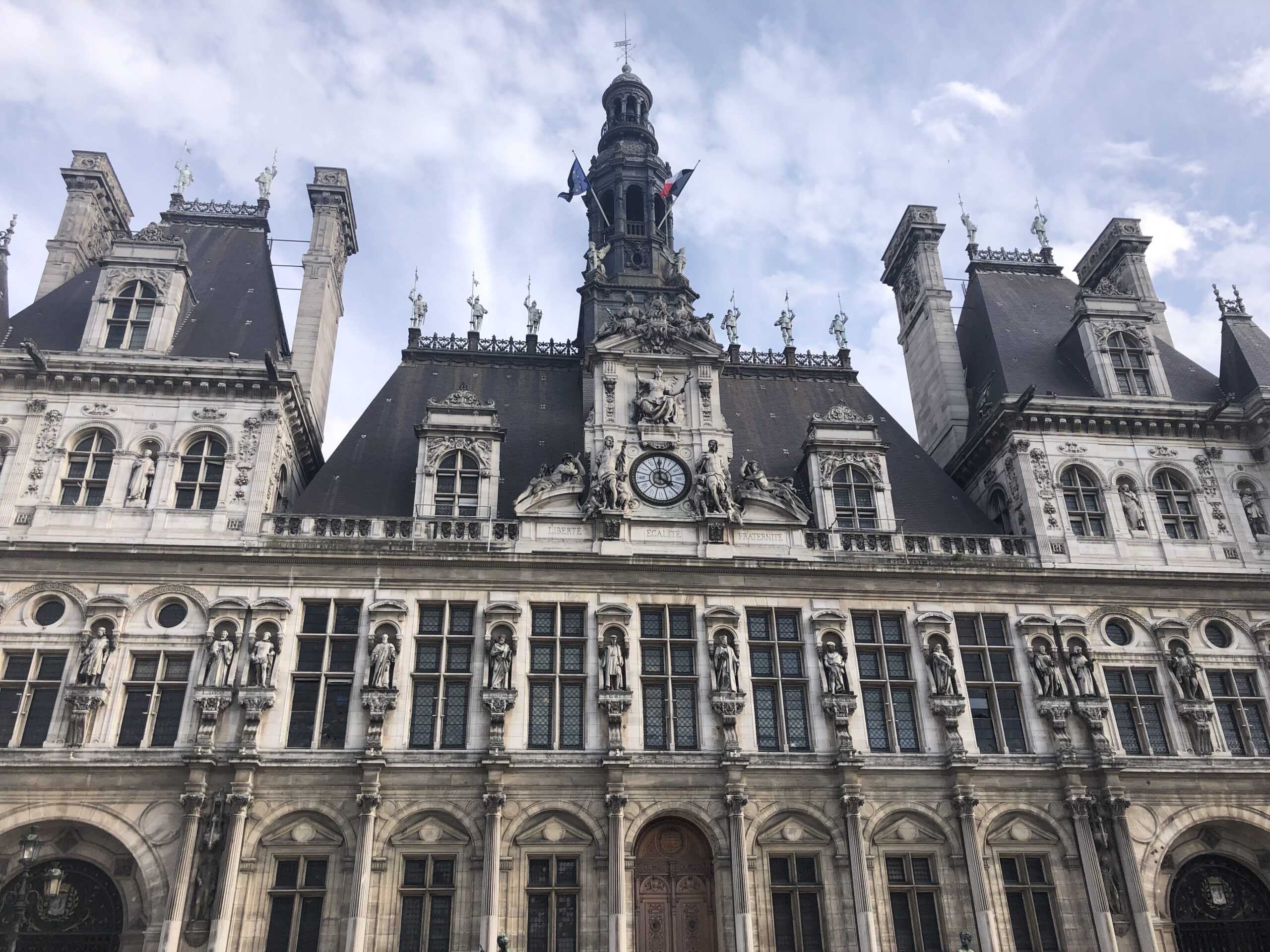Le Marais district encompasses the 3rd and 4th arrondissements of Paris (on the right bank, “rive droite”, of the Seine). In my opinion, it is the best place to stay in Paris. It’s got a unique and romantic feel to it, it has an incredible history and it also is home to some amazing restaurants and an array of superb art galleries and museums. What’s more, it’s a very convenient location – you can walk to the Seine and the l’Île de la Cité very easily and there are plenty of easily accessible Métro points.
The district’s name derives from its origins of being built on a “marais” (marshland). Le Marais serves as a reminder of some of the most radical events in French history, including the French Revolution, the Nazi occupation during World War II, and the French Resistance movement. In the 17th and 18th centuries, it was predominantly home to many of France’s aristocracy (which you can witness by the outstanding number of stunning grand mansions here). Following the French Revolution, the society here changed significantly and it became an active commercial centre. Whilst there had been a Jewish community present in the district from the 13th century, the 19th and 20th centuries saw an influx of Jewish people from Eastern Europe (Ashkenazi Jews). With the advent of World War II, so many of these Jews were sent to concentration camps by the Nazis, despite the extraordinarily brave efforts by the French Resistance. The Rue des Rosiers, my favourite street in the district, remains a major area for the Jewish community that currently lives here. Since the 1980s, the district is also known for its LGBTQ friendly culture.
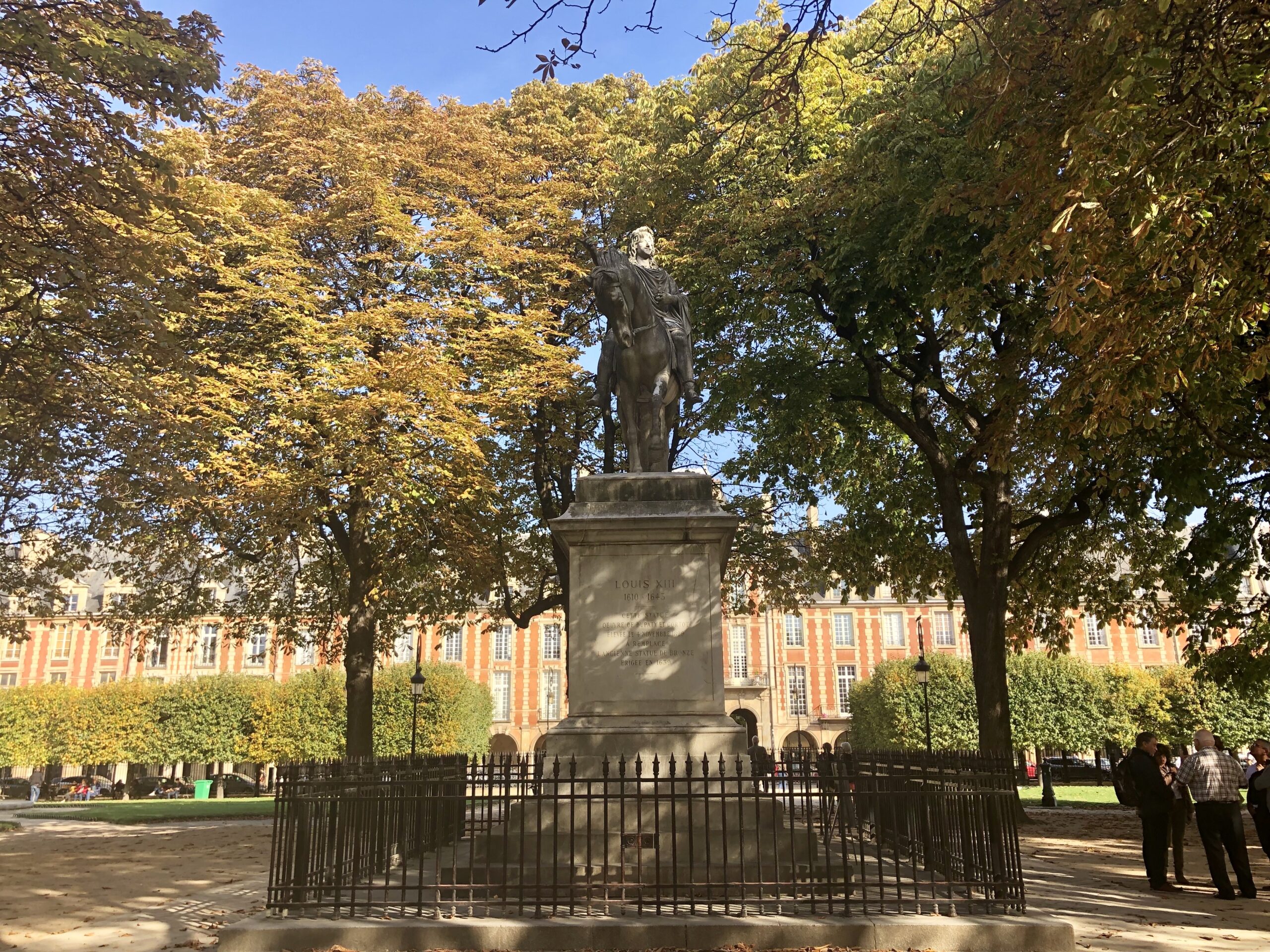
What to do:
1) Go to Place des Vosges. This square is Paris’s oldest public square which features a beautiful and tranquil central garden with surrounding 17th century townhouses, once occupied by the aristocracy. It is a great example of 17th century Parisian architecture. Fabulous art galleries and restaurants line the square. The house of Victor Hugo, author of “Les Miserables”, is now a museum which is open to the public and worth having a look at.
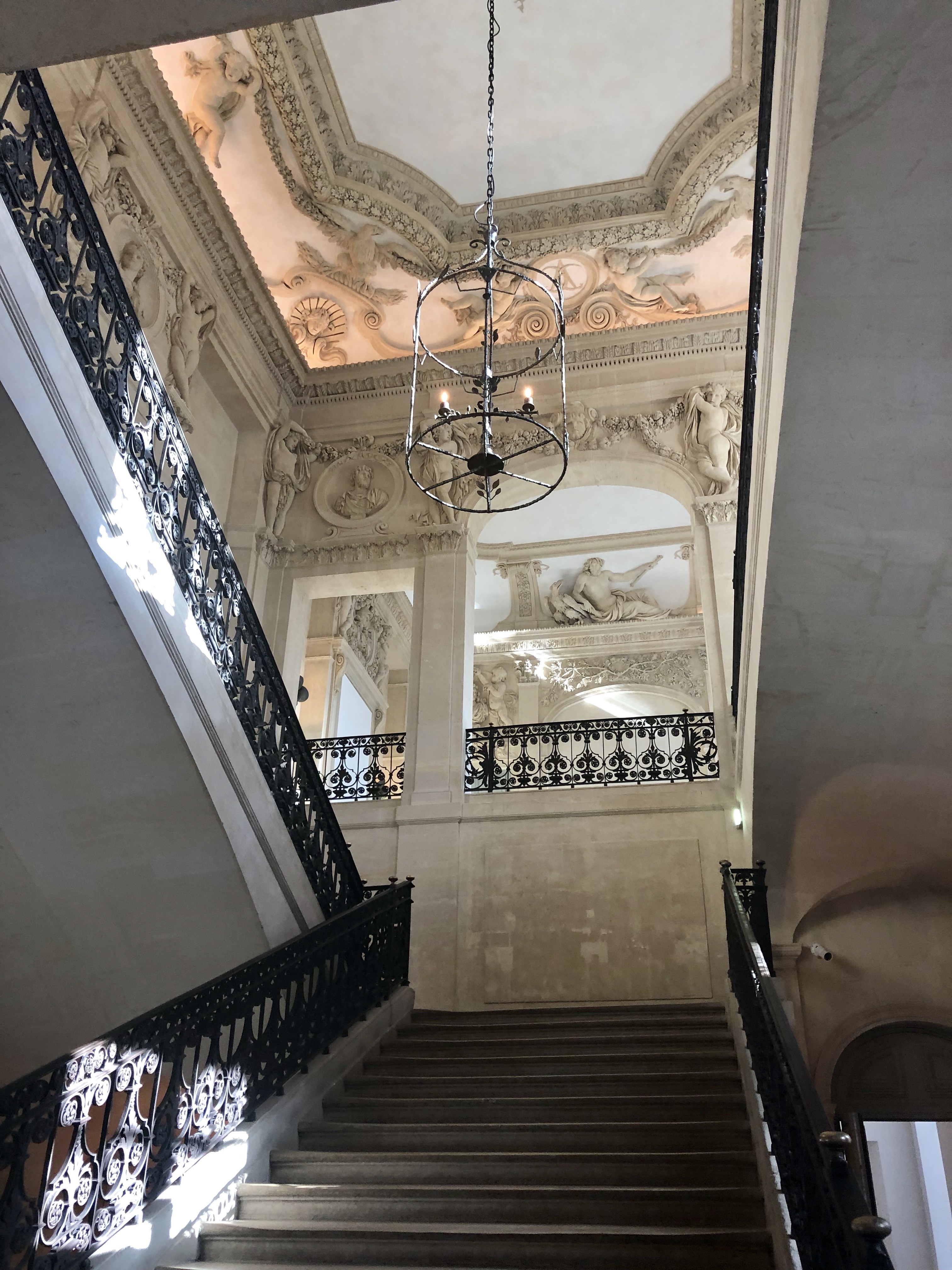

2) Visit Musée Picasso. Before visiting this museum, I didn’t consider Picasso to be my one of my favourite artists (I prefer the Impressionists). However, seeing the huge collection of Picasso’s works here really did give me an increased appreciation of his enormous talents (particularly his early period artworks). The museum is located in the absolutely stunning Hôtel Salé, which is considered to be one of the grandest 17th century mansions in Paris. It’s a must-see. Book your tickets in advance.
3) Stroll down Rue des Rosiers. Rue des Rosiers (“The Street of the Rosebushes”) is the heart of the old Jewish quarter (“Pletzl”) of Le Marais. Here, you’ll find some of the best places to eat and drink. If you’re interested in the Jewish history of this district, I would strongly recommend doing a small guided tour.
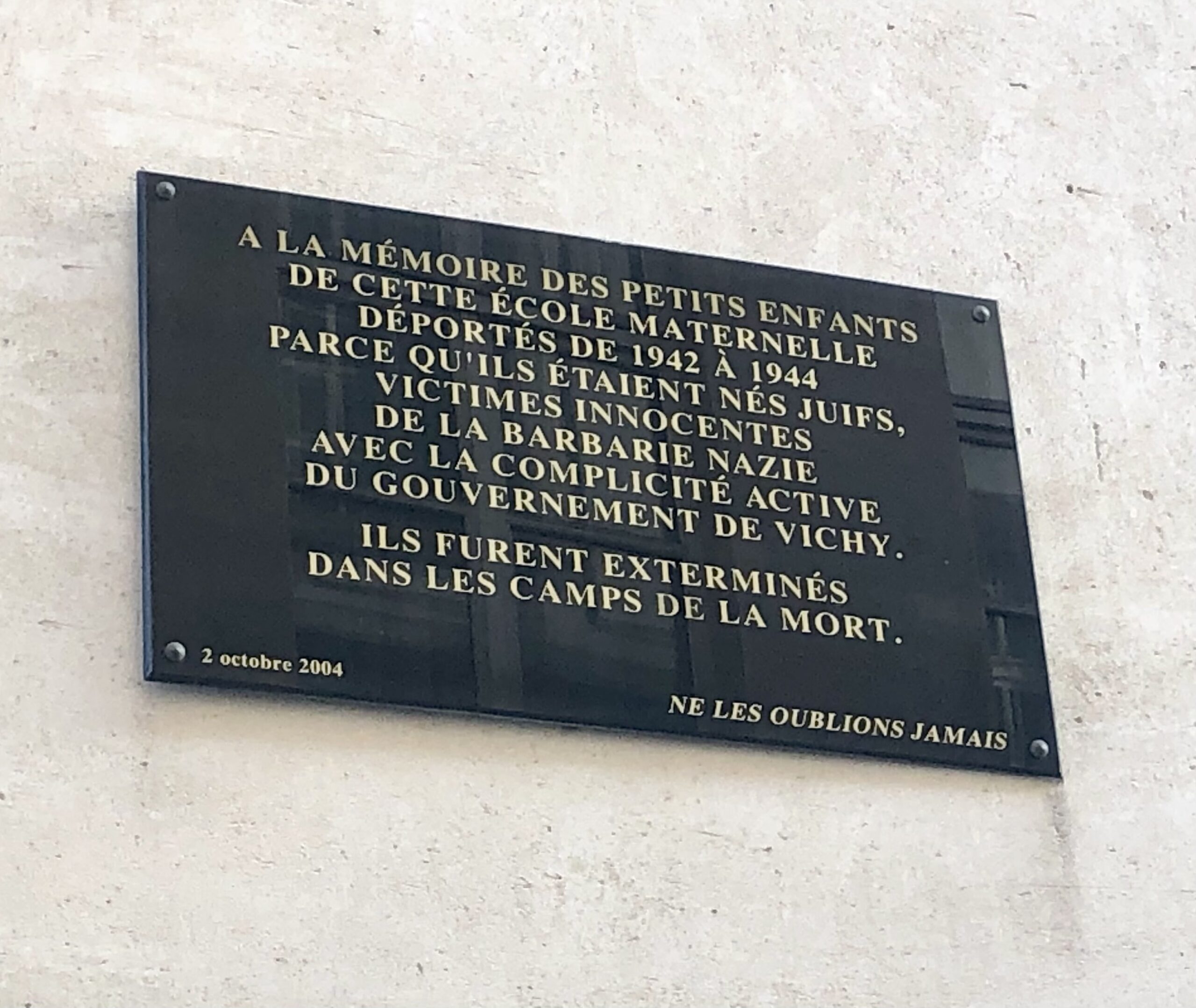
Above: Sombre plaque at a Kindergarten in Le Marais district. Translation: “To the memory of small children from this Kindergarten who were deported from 1942 to 1944 because they were Jewish, innocent victims of the Nazi barbarity with the active complicity of the Vichy Government. They were exterminated in the death camps. We will never forget them”.
4) Visit the Memorial de la Shoah. This is an excellent museum telling the story of the Jews. Be prepared to be moved and feeling sombre after a visit here. All the same, it’s important to remind ourselves of the atrocities that took place, as well as the bravery the French Resistance movement showed during the Nazi régime to save the city’s Jewish community from being sent to the death camps.
5) Have lunch at Le Marché des Enfants Rouges. Situated on Rue de Bretagne, this is the oldest covered market in Paris, first constructed in 1615. You’ll find lots of stalls selling a range of multicultural delights as well as fresh markets selling fruit and vegetables, flowers, cheese and fish. It’s busy at lunch time so finding a seat can be tricky, but you can always take away and eat at the nearby Square du Temple, which is a lovely small garden. Open 8:30am-7:30pm Tuesdays to Saturdays.
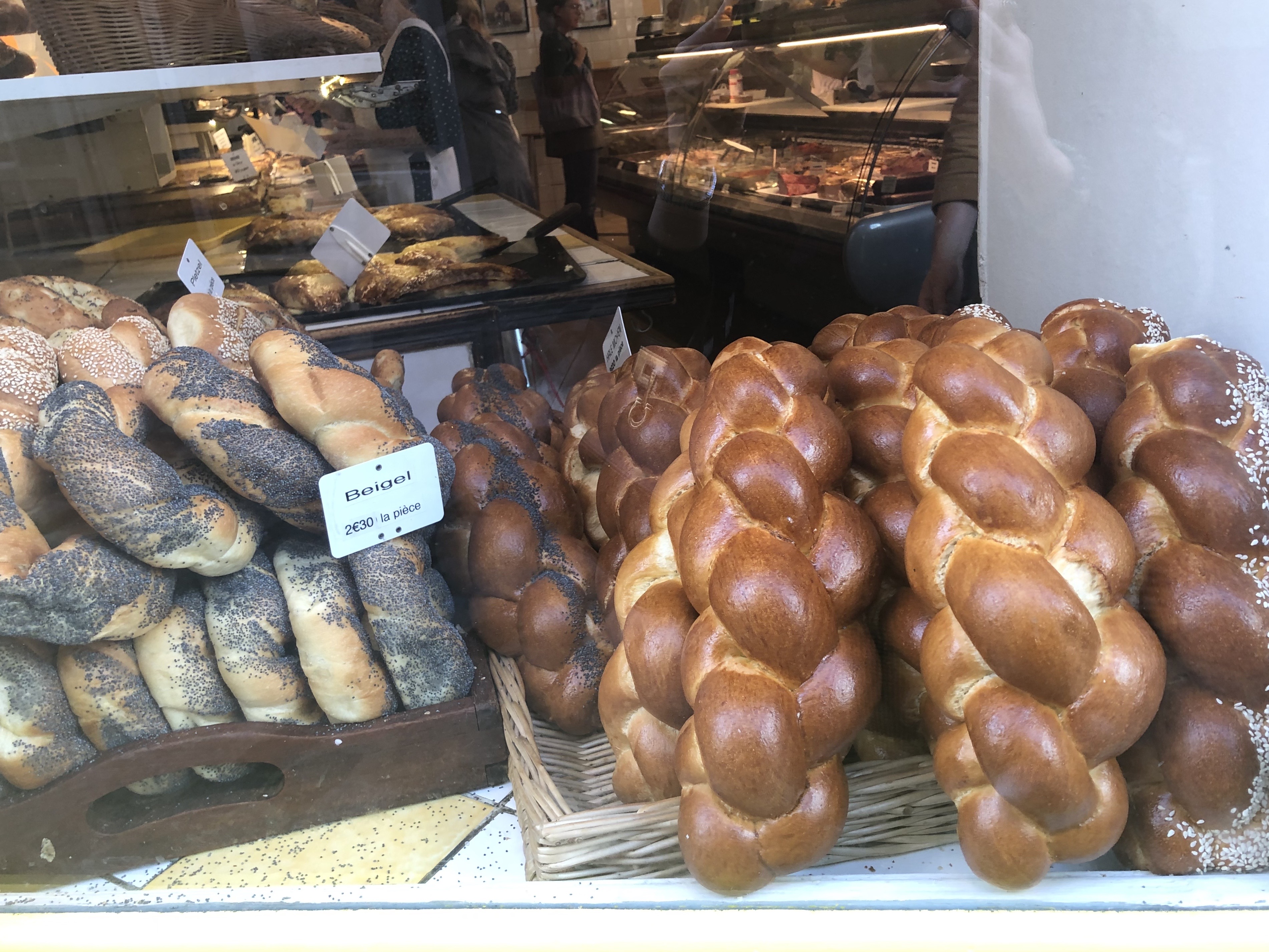

Where to eat:
L’As du Fallafel. Located on Rue des Rosiers, this is the best falafel roll I’ve had outside of Israel. I can (and do!) have this for lunch every day I am staying in the area. Be prepared to line up for your order, but there’s a good reason to wait. The last few times I’ve ordered takeaway and walked to the nearby Jardin des Rosiers Joseph Migneret, which is a small, peaceful park. Eat your falafel roll here with a coffee (and maybe also a sweet treat from Sacha Finkelstajn – see below) and life is good. Don’t come to the Marais without trying this!
Sacha Finkelstajn. Known as the la boutique jaune (the yellow shop) for its brightly yellow painted exterior, here you’ll find some absolutely delicious Central and Eastern European Jewish delights including bagels, cheesecakes, strudel, and babka. Trust me, you’ll likely walk out with more than one item!
Chez Marianne. I really like this Mediterranean style restaurant, also on Rue des Rosiers. Here, you find some delicious hummus, falafel, shawarma and salads. There’s a laid-back ambience and it’s a good leisurely sit-down alternative to the mainly take-away venues in the area.
Robert et Louise. Located on Rue Vielle du Temple, this is a cosy and traditional bistro serving mainly grilled meats and traditional, hearty meals. This could well be one of the best steaks I have ever eaten.
Au Petit Fer Au Cheval. This small bar and bistro serves up a great, lively vibe and excellent quality food and extensive drink list. This is an authentic, non-pretentious Parisian experience. The duck confit here was out of this world!
